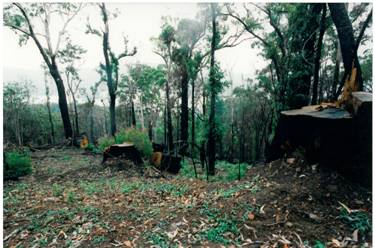in the Queensland state, the Wet Tropics of
Queensland, or the Wet Tropics, stretches along
for about 450 km. With around 894, 420 hectares (1 hectare = 10,000 square miles) this wet tropical rainforest is home to an expansive diversity of wildlife.
 |
| Wallaman Falls www.useeus.com.au |
 |
| Coastline http://s1.at.atcdn.net/wp-content/uploads/2014/05/104081-634.jpg |
Known as the "Wet Tropics," a defining characteristic of the region is obviously the climate-more specifically, the amount of rainfall that this area receives averages about 400 cm of rain annually.
 |
| Chart of the average monthly temperatures (ºC) and rainfall (cm) www.queenslandholidays.com.au |
Watch a video here:
(https://www.youtube.com/watch?v=-W6_bjGNcf4)



















